Unleash the Power of Play: Using an Augmented Reality Sandbox to Add Fun to Your Game Room
In today’s digital age, keeping children (and adults!) engaged with physical play can be a challenge. Enter augmented reality (AR) sandboxe: a revolutionary blend of technology and tactile exploration that’s transforming game rooms. AR sandboxes seamlessly integrate digital elements with physical sand, creating an immersive and interactive play experience.
System Components of Augmented Reality Sandbox Machines
AR sandboxes are comprised of several key components working in concert:
- Sandbox: A sturdy container filled with fine-grained sand serves as the physical foundation for play. Projectors are often mounted above the sandbox to create a clear viewable area.
- Depth Sensor: This device, typically a camera mounted beneath the sandbox, captures the topography of the sand as players manipulate it.
- Projector: A high-resolution projector displays the AR elements onto the sand surface, responding to the depth sensor’s data.
- Computer System: The brains of the operation, this computer processes the depth sensor data and generates the AR visuals in real-time.
- AR Software: Specialized software drives the entire experience, allowing for customization of the projected visuals and gameplay elements.
Additionally, some augmented reality sandboxe may incorporate:
- Touchscreens: These can be used as a secondary control interface or for additional gameplay elements.
- Physical Objects: Toys, figurines, or other objects can be integrated into the AR experience, creating a hybrid physical-digital play environment.
Augmented Reality Sandboxe that Can Be Interactive in a Game Room
The possibilities for interactive augmented reality sandbox experiences in a game room are truly endless. Here are a few examples to spark your imagination:
- Landscape Manipulation: Imagine sculpting mountains and valleys in the sand, then watching a virtual river flow realistically through your creation.
- Virtual Ecosystems: Build a virtual world teeming with digital creatures that respond to the sand’s topography.
- Educational Games: Learn about physics, geology, or even history through interactive AR simulations.
- Creative Expression: Draw, build, and design in the sand, with the AR elements responding and adapting to your creations.

The Benefits of augmented reality Sandboxe in Game Rooms
AR sandboxes offer a multitude of benefits for game rooms, fostering:
- Enhanced Learning: AR experiences can bring complex concepts to life in a captivating and interactive way.
- Collaborative Play: AR sandboxes encourage teamwork and communication as players work together to shape the virtual world.
- Sensory Stimulation: The combination of physical manipulation and visual stimulation caters to diverse learning styles.
- Open-Ended Play: AR sandboxes offer limitless possibilities for creativity and exploration.
Using Interactive AR Sandboxe to Drive Traffic
If you own a business that caters to families or children, such as a museum, daycare center, or arcade, an AR sandbox can be a powerful tool to:
- Attract New Customers: The novelty and interactive nature of AR sandboxes can generate significant buzz and draw in new visitors.
- Enhance Customer Experience: AR sandboxes provide a unique and engaging activity that keeps visitors entertained and coming back for more.
- Boost Engagement: AR experiences can create shareable moments, encouraging visitors to document their creations and spread the word on social media.
Buying Augmented Reality Sandbox Software
So, you’re ready to take the plunge and incorporate an augmented reality sandbox into your game room? The first step is acquiring the necessary software. Here are some key considerations:
- Functionality: Determine the types of AR experiences you want to create. Does the software offer pre-built games, or is it customizable?
- Compatibility: Ensure the software is compatible with your existing hardware components like the projector and depth sensor.
- Cost: AR sandbox software can range in price depending on the features and functionalities offered. Consider your budget and needs.
- Support: Choose a software provider that offers reliable customer support to assist you with setup and troubleshooting.

How much does an augmented reality sandbox cost?
The cost of an AR sandbox system can vary depending on the size, components, and software included. Basic setups may start around $5,000 USD, while more elaborate systems with advanced features can cost upwards of $20,000 USD.















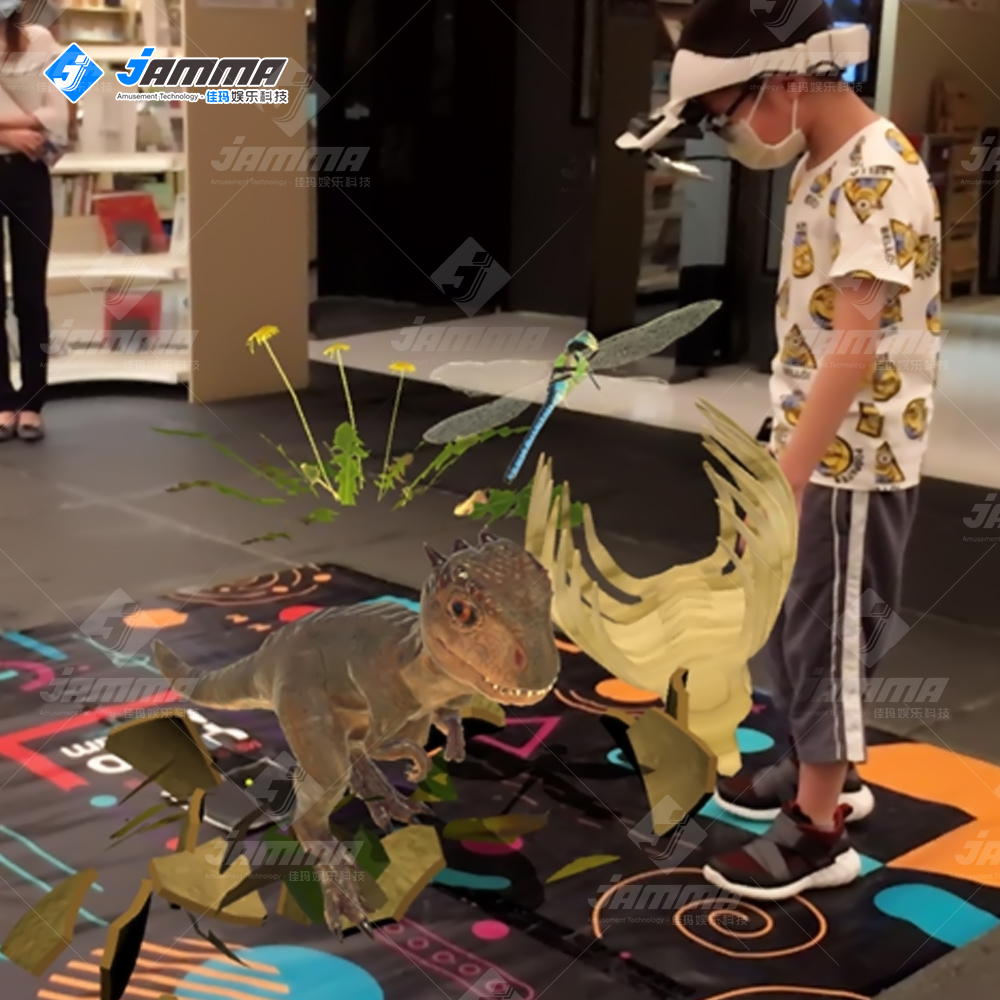


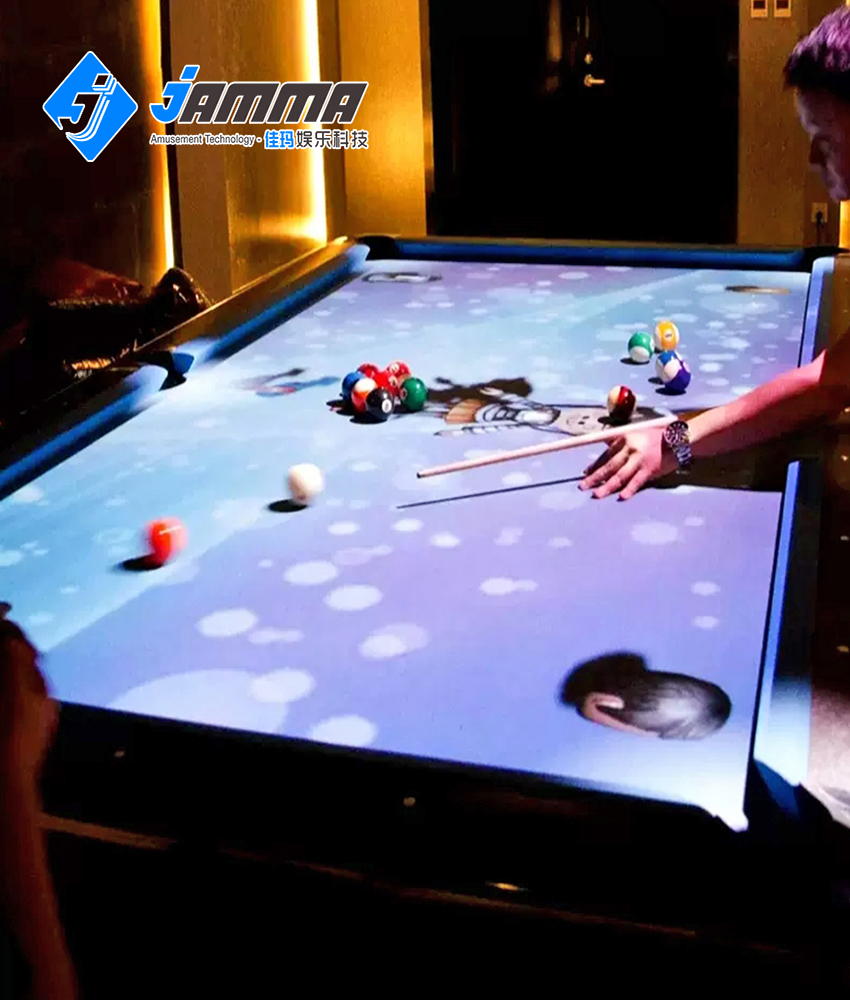
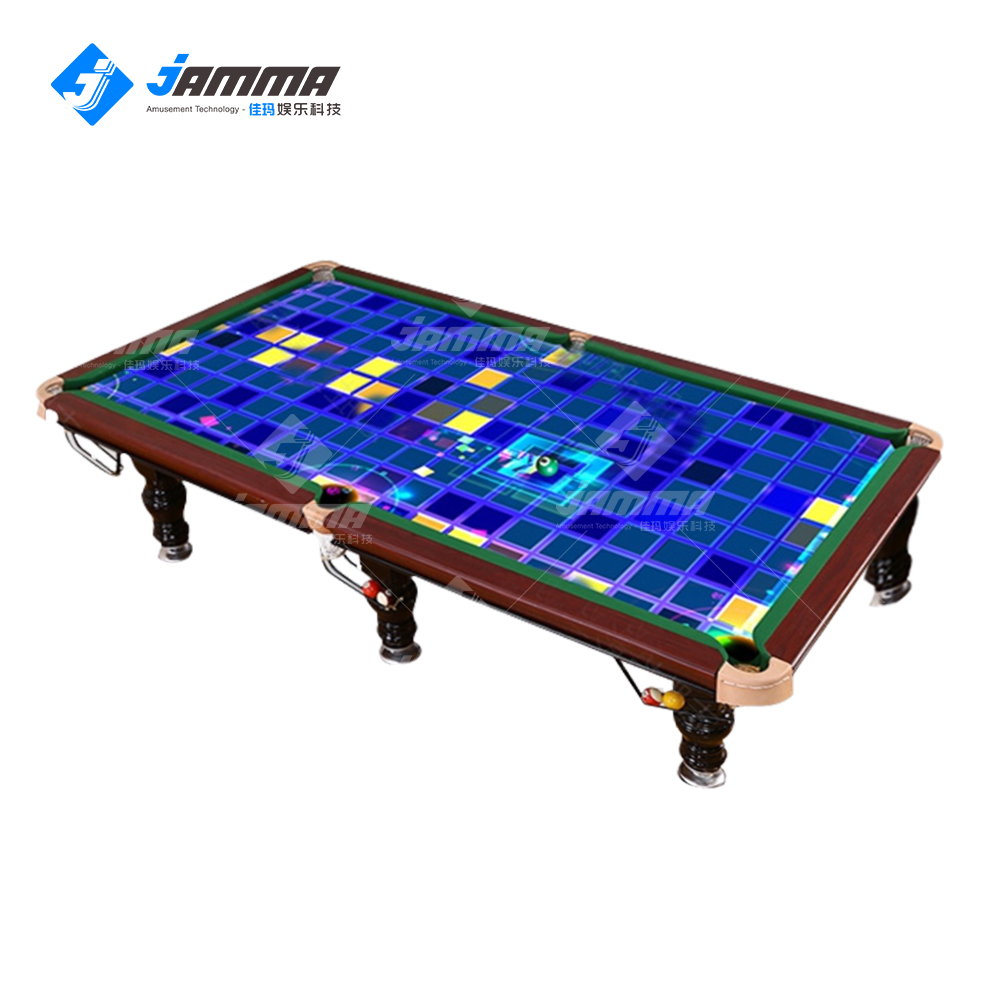



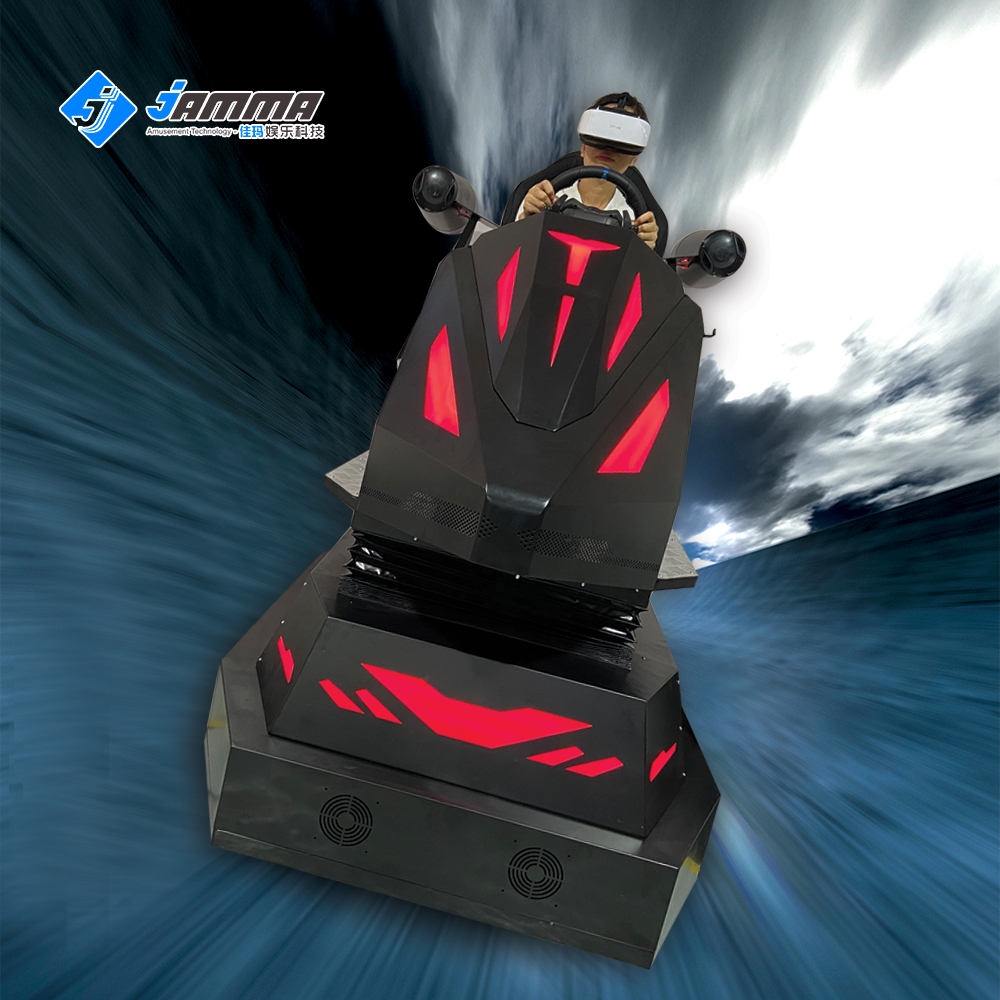
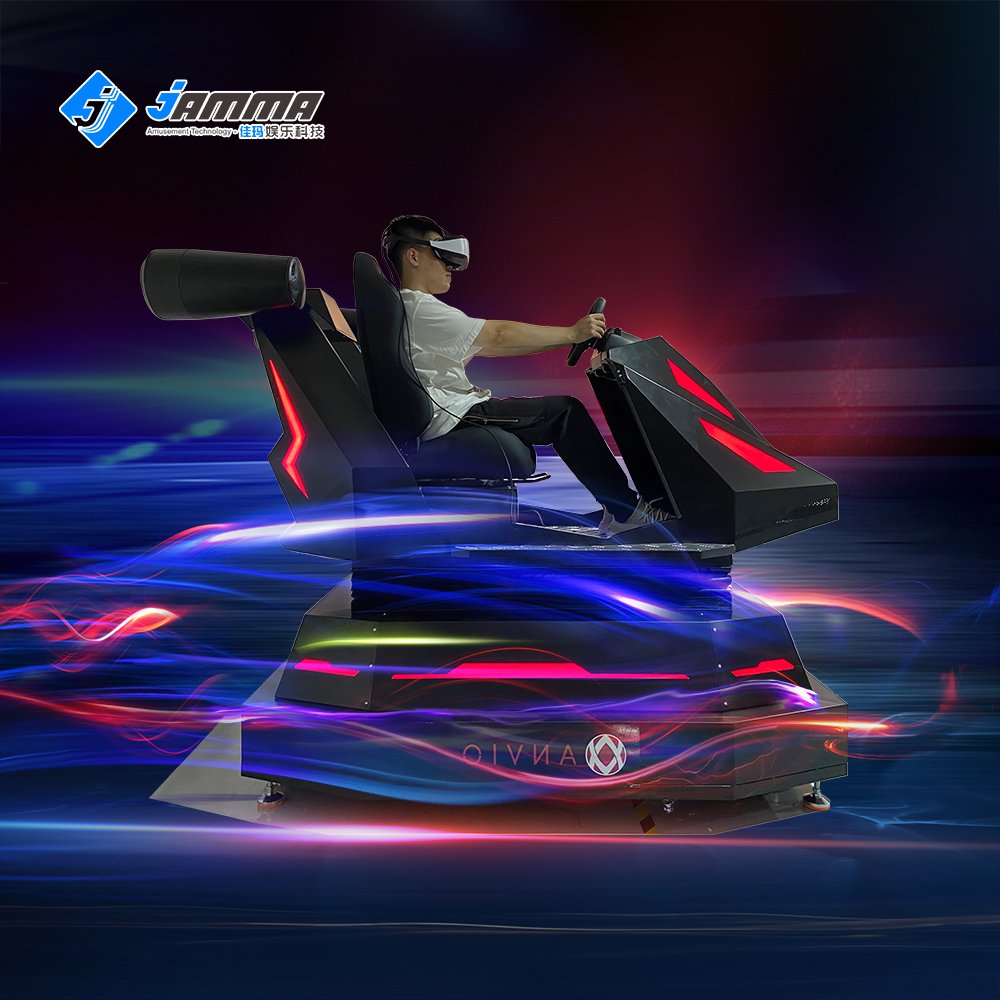

Recent Comments